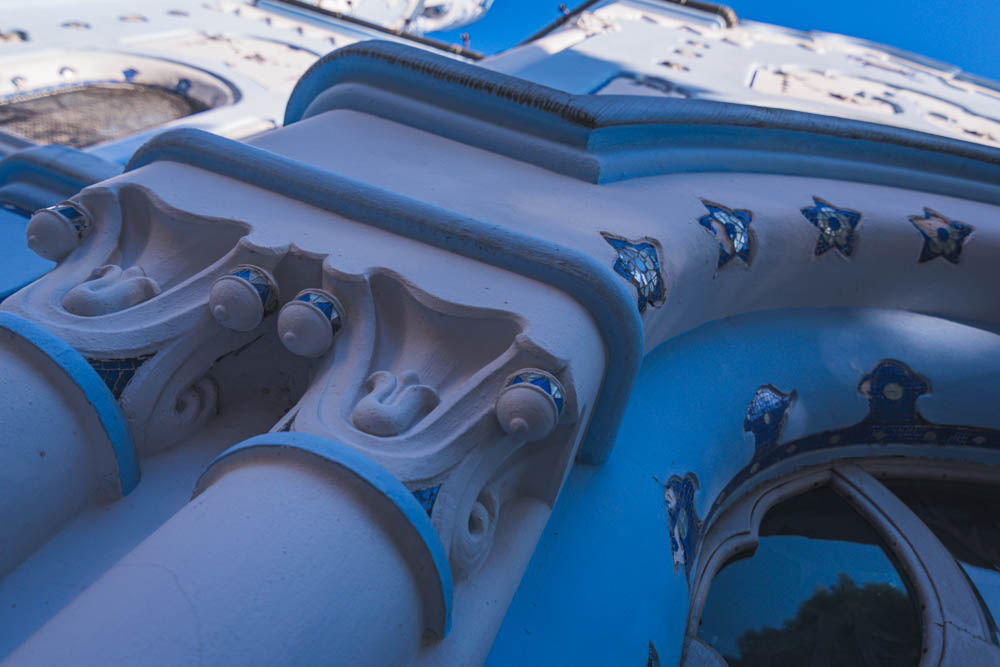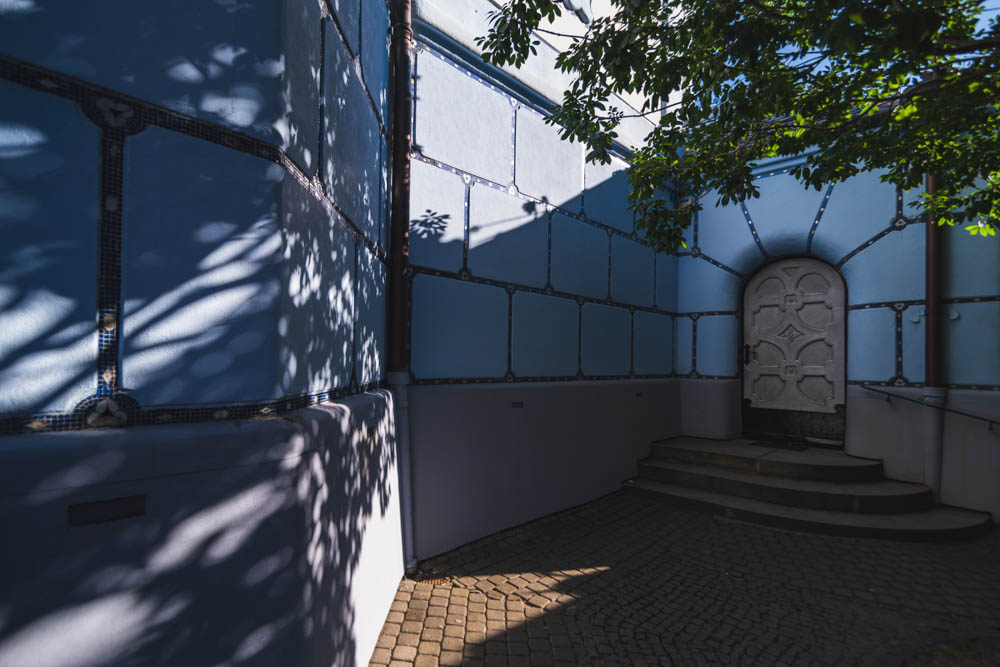Bratislava, the capital of Slovakia, has some special places that attract many tourists. One is the Blue Church Bratislava or St. Elizabeth’s Church. Its bright Smurf-blue color makes it stand out in an ocean predominantly full of shades of gray, with some orange to yellow tint exceptions.
Its looks give off fairytale vibes, but the surroundings guarantee to kick you back into the dull reality around. The feeling would change if the entire area featured buildings in the same style. Subotica, a city in northern Serbia, shows how immersive that kind of architectural consistency can be.
How to Get There
The Blue Church Bratislava is on Bezručova Street 2, close to Kamenné Square and the Eurovea Shopping Mall. A few bus stops are nearby, but you have to walk a few meters to them. In the opposite direction is a health clinic, Bezručová, a very popular Urbex location some years ago.
Unique Architecture
The Blue Church, officially known as the Church of St. Elizabeth, is one of the finest examples of Hungarian Secessionist architecture, which is part of the larger Art Nouveau movement.
This style’s main characteristics include floral motifs, pastel colors, symbolic elements, and flowing lines. They all contribute to this charming, dreamlike visual experience.
Renowned Hungarian architect Ödön Lechner is the head behind the design. The church was completed in 1913. Lechner is often called Hungarian Gaudi. Indian architecture and colorful ceramics on building façades influenced him.
The church is not a standalone building from his portfolio of works. The secondary school Gymnázium na Grösslingovej Street is right next to it, which is less eccentric and doesn’t attract much attention. But if you walk near it, you can notice the details of the Art Nouveau style.


Some sources state that the architect was inspired by a rose when creating the proposal for the ornamental decoration. Some key characteristics to notice when investigating the structure include:
– The baby blue façade is present not only on the outside, but the same blueish accent is present inside as well
– Rounded organic shapes, especially the tower. You can see the architect tried to avoid sharp ages in favor of smooth and curved lines supported by ornamentation
– Porcelain-like mosaics and ceramic details
– Glazed roof tiles
– Decorative tower with a clock which is around 36 meters high and includes a third-eye imaginary
– The interior matches the exterior with the same pale blue color accompanied by pastel yellow and light blue shades on the walls. Iconography holds some gold elements which give the interior a more sublime character

Best Time to Visit
If you can choose whatever season to visit Bratislava and see it, select the spring with blooming flowers and plants. But you will get some nice contrasts if you come in winter and it is full of snow (which might get tricky with all the climate changes). If you want to get some nice shadow playing on the wall from the trees standing next to it, come later after sunset. You can also check if a light show or exhibition is taking place. Events like Nuit Blanche have lit up the church in bright pink.
Getting it whole inside the frame is difficult without the right tilt-shift lenses for architecture. The streets, cars, and buildings around it are too close to get a nice overview from the sidewalk. There also tend to be many people passing by or photographing it during the day.

Fun Facts & Local Tips
Is it still an active church?
Yes, the church is active. It is Roman Catholic and has regular services, weddings, and special events.
Can you go inside?
Yes, it is possible to get inside when it is open to the public during the scheduled mass times. You can attend the mass or wait until it ends to avoid disturbing the praying people. The masses are usually on Sunday and selected days during the week. You can check the schedule on the official site: https://modrykostol.fara.sk/info/
Any local legends or stories?
Locals dedicated the blue church Bratislava to St. Elizabeth of Hungary. She was born in Bratislava in the 13th century. Another church in eastern Slovakia, the Gothic Cathedral of St. Elizabeth in Košice, is also dedicated to her. She was known for her kind acts and for helping poor people.

Interested in more stunning Art Nouveau architecture? Check out my guide to Subotica and discover what to see in Serbia’s Art Nouveau capital.
Sources:
visitbratislava.com/sk/miesta/modry-kostol
modrykostol.fara.sk/info/
Sources:
